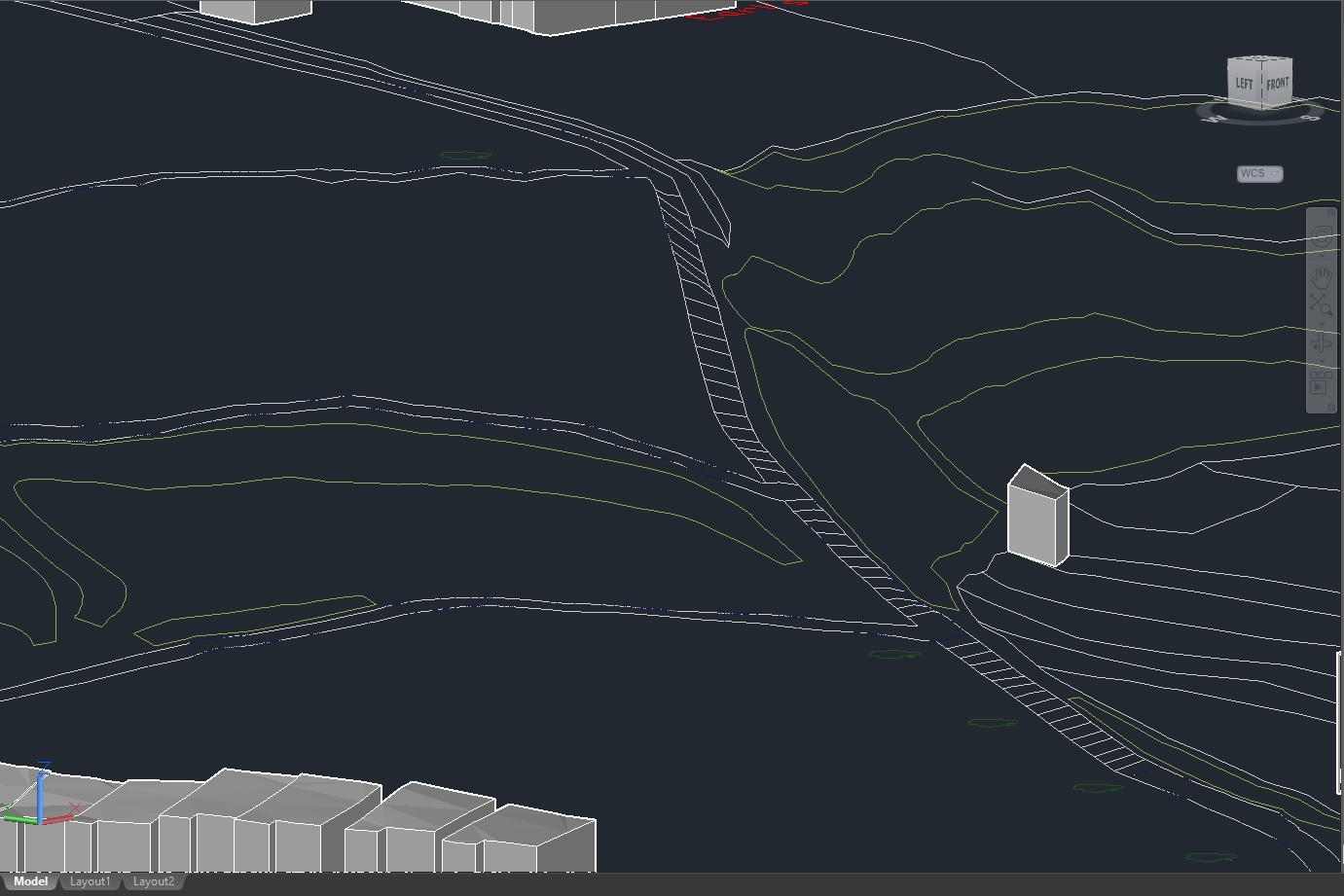I have asked this on GIS SE but seem to have had little interest. I imagine it would be more suitable to post here.
How can i prevent sloped buildings when I extrude building footprints over sloped terrain? I am using FME to drape 2D features over terrain (SurfaceDraper), then using the Extruder transformer to create 3D buildings from OS Building Heights. Unfortunately the height value seems to apply itself to each vertex, which creates sloped building tops (roof geom is not relevant here) - example below:

Is there an extrusion method that uses a single vertex, or is there another method entirely?



